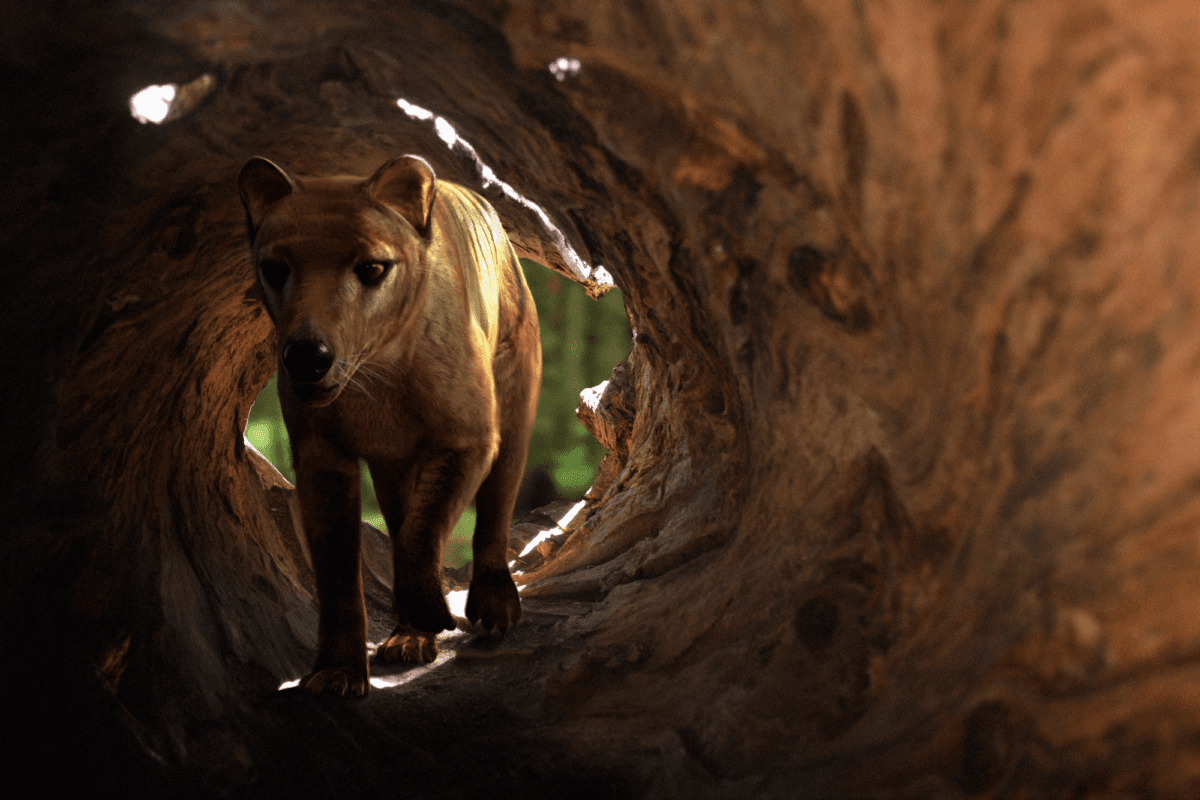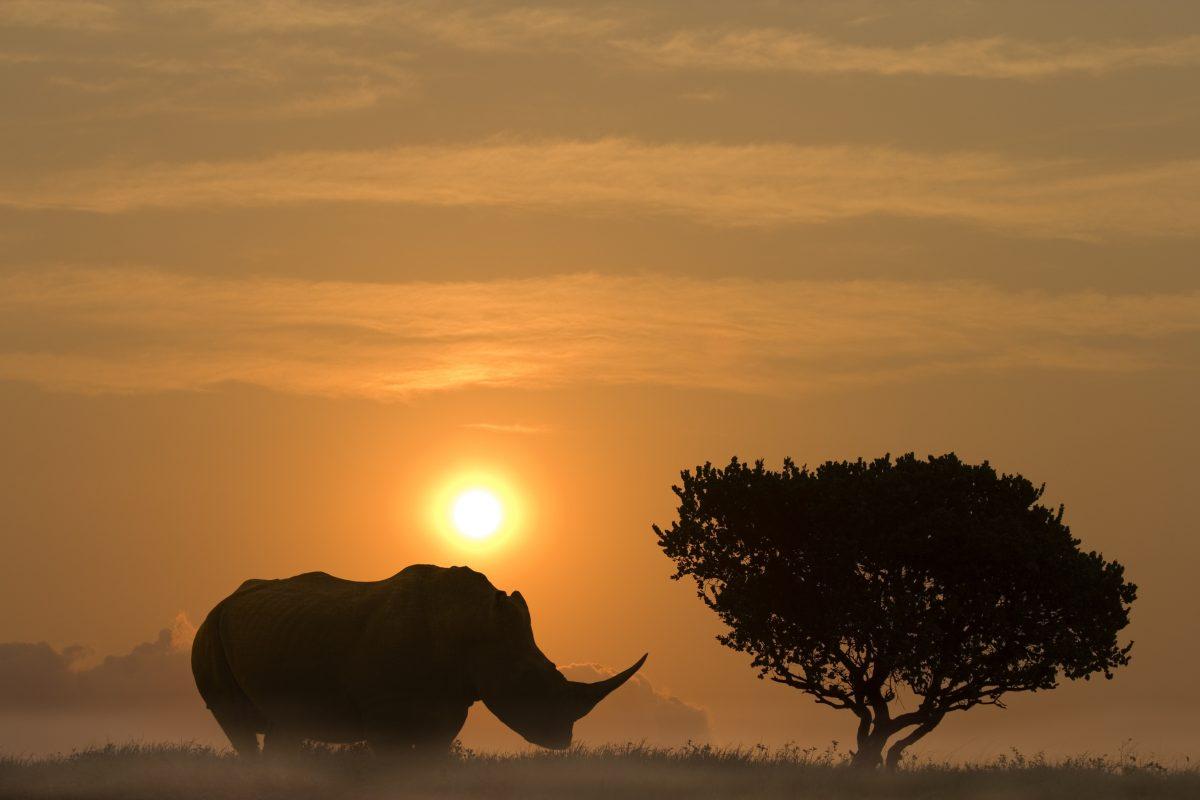Genetics Firm Aims to Bring Mammoths and Other Species Back from Extinction
Colossal Biosciences has revealed that its efforts to bring back the ancient woolly mammoth may come to fruition in about three years. However, some specialists caution against potential unforeseen consequences.
A Texas-based genetic engineering firm focused on the recreation of extinct species has achieved technological milestones that bring it closer to its objective. Nevertheless, numerous experts urge for careful consideration.
If things progress smoothly, the world could witness the arrival of genetically modified woolly mammoth-elephant hybrid calves by 2028, the company stated.
“Contemporary conservation strategies are effective. They simply do not operate at the pace at which we are degrading the planet,” remarked Colossal’s CEO Ben Lamm, a seasoned biotech entrepreneur who co-founded the firm alongside genomics innovator George Church in 2021.
Church, who leads Synthetic Biology at Harvard University’s Wyss Institute, is often referred to as the “father of synthetic biology.”
He pioneered technology for synthesizing entire genes and genomes “much quicker, more accurately, and at a lower cost than existing techniques,” as stated by the institute.
Back in 2013, the nonprofit Revive & Restore hosted the inaugural public discussion regarding the use of biotechnology to revive extinct species.
Church formulated a strategy called the Woolly Mammoth Project, intending to create a genetically engineered version of the mammoth utilizing an Asian elephant as a surrogate and subsequently reintroduce it into its natural habitat.
Lamm believes that the reintroduction of woolly mammoths would benefit the Arctic ecosystem, which saw their extinction due to human activities approximately 4,000 years ago.
The DNA of woolly mammoths has remained preserved in recovered fossils, even after being frozen for centuries in the tundra. According to Lamm, advancements in genetic engineering now make it feasible to bring this creature back to life.
“Most of the technology is already available. We simply need to innovate and significantly enhance it,” Lamm explained. “Scaling it to the level we desire is the real challenge.”
The concept of genetically reconstructing extinct species, a process Lamm refers to as “de-extinction,” brings to mind scenes from “Jurassic Park.”
A genetic duplicate of the Tasmanian Tiger (Thylacine), a top predator that disappeared nearly a century ago, is also on the company’s de-extinction agenda for the next ten years.
This is not cloning but involves recreating an extinct creature using both authentic and synthetic genetic materials, according to the company.

The Tasmanian Tiger was at the apex of Australia’s food chain until its extinction due to overhunting in 1936. Courtesy of Colossal Biosciences
Utilizing the preserved DNA from the Thylacine, Colossal asserts it has reconstructed 99.9 percent of the Thylacine’s genome, leaving only 45 gaps in its protein sequence.
The objective is to produce a nearly identical Thylacine that can be released back into the Tasmanian ecosystem.
Lamm mentioned that the project would be closely monitored, incorporating feedback from various governmental and local stakeholders.
In October, the company revealed “numerous breakthrough successes” in its project.
“Our teams are achieving remarkable scientific advancements and are on track to de-extinct the Thylacine,” Lamm conveyed in a statement.
Beth Shapiro, the Chief Science Officer of Colossal and director of the UCSC Paleogenomics Lab, remarked that the Thylacine samples utilized for Colossal’s reference genome are among the best-preserved ancient specimens available.
She expressed that it is rare to possess a sample that allows for such significant progress in ancient DNA methodologies.
“We’ve successfully delivered an unprecedented ancient genome that will expedite our Thylacine de-extinction initiative,” she stated.
Lamm noted that the company has selected a small marsupial, the fat-tailed dunnart, as the surrogate mother.
The $1.7 billion company is also exploring the development of artificial wombs to eliminate the need for surrogates to gestate extinct species.
The 17-member team has recently declared their capability to cultivate fertilized single-cell embryos halfway through gestation using an artificial uterine device.
Hard to Predict Implications
Critics argue that de-extinction efforts divert critical resources from the protection of endangered species and may amount to genetic experimentation.
Even if the technology functions as intended, its broader implications remain unpredictable, warn certain specialists.
“As broad thinkers, we wouldn’t dismiss de-extinction as a tool for biodiversity conservation [and] a potential opportunity to reintroduce lost species [native flora and fauna],” stated Megan Fabian, National Office Manager for the Australian Wildlife Society.
“However, we must consider a multitude of factors, including legal and legislative implications, specific mutations that could impair species fitness, pathogen-related effects, locality, as well as red listing and species status ramifications, along with natural evolutionary trends,” Fabian conveyed to The Epoch Times.
In 2016, the International Union for Conservation of Nature indicated that almost all de-extinction initiatives thus far need to meet more standards for validation as biodiversity conservation mechanisms and could even hinder efforts to protect our biological diversity.
“Thus, while de-extinction may offer potential benefits for biodiversity conservation, more research is necessary to ensure these initiatives genuinely work and have a positive effect on biodiversity,” Fabian added.

Species facing extinction include iconic animals such as elephants, hippos, all rhino species, European bison, and Indian water buffalo.Nieuwenhuisen/iStock
“I’m not a translocation expert, but I believe many of the challenges associated with reintroducing any mammal back into its original habitat would present logistical obstacles,” Old explained to The Epoch Times.
“These include disease risks, ensuring genetic diversity, selecting the appropriate habitat and site—ensuring sufficient shelter, food, determining requirements, what species they might actually consume [and] water availability.”
“More specifically, what about existing animals in the area? How might their reintroduction affect them? It will presumably alter the top-order predator dynamics in that habitat.
“Will other species be placed at risk—previous translocations of devils onto Tasmanian islands have caused significant declines in little penguin populations.”
Old noted that there is limited understanding regarding the behaviors of extinct animals and their requirements.
“How will they be taught to hunt?Catching prey has been a challenge in the translocation of big cats,” she commented. “We also have minimal knowledge about their ecology, so what size home range do they require?
“A lack of understanding about their home range complicates our knowledge about how many individuals should be released in a given area, and certainly, different habitats can sustain varying numbers—but we lack this data.”
Lamm argued that those who criticize the technology may not grasp the fundamental purpose of de-extinction, which is to create a genetic “toolkit” aimed at reversing the damage inflicted by humanity on natural ecosystems.
“We focus on cases where humanity played a role in their extinction,” Lamm stated.
“It’s not really our responsibility to convince the detractors. Our role is to educate the public. We’ve adopted a strategy of moving towards critics rather than away from them, which has proven beneficial for us.”
He goes so far as to suggest that the de-extinct organisms could even exceed the capabilities of their progenitors.
Lamm pointed out that elephant herpesviruses (EEHV) are responsible for the deaths of around 20 percent of infant elephants annually.
“Our aim is to engineer our mammoths to either eliminate this disease or ensure resistance to EEHV,” he concluded.





